What if your hardest days aren’t setbacks—but sacred pauses in your healing process?
You’ve done the therapy.
You’ve read the books.
You’ve journaled until your hand cramped.
You’ve made progress—real, meaningful progress.
And then… suddenly, out of nowhere, you feel like you’ve hit a wall.
The anxiety is back.
Old patterns sneak in.
The intrusive thoughts return.
You wonder, “Am I going backward?”
Let me tell you something that could change your healing journey forever:
You are not regressing. You are resting.
Healing isn’t a straight line. It’s messy, nonlinear, circular, and full of sacred detours.
And sometimes, the bravest thing your nervous system can do is pause.
Let’s break down why this happens, what’s actually going on in your brain and body, and how to stop mistaking stillness for failure.
Why “Progress” Doesn’t Always Look Like Motion
Our Culture Glorifies Hustle—Even in Healing
We live in a world that rewards constant motion.
✔ Always improving.
✔ Always pushing.
✔ Always evolving.
So when your healing journey feels slow—or worse, stagnant—it’s easy to panic.
You think:
🧠 “I should be past this by now.”
🧠 “Why am I still triggered?”
🧠 “What’s wrong with me?”
Here’s the truth:
Nothing is wrong with you.
You’re not broken.
You’re human.
And you’re healing in the only way your nervous system knows how:
With breaks. With cycles. With rest.
What’s Actually Happening in Your Nervous System
From a neurobiological perspective, healing is a somatic process.
It doesn’t just happen in your thoughts.
It happens in your body.
And your body doesn’t operate like a spreadsheet. It operates like a wave.
When your nervous system is overwhelmed, it needs regulation—not acceleration.
That means:
✔ Slowing down
✔ Turning inward
✔ Reconnecting with safety
These pauses aren’t setbacks—they’re your nervous system saying:
“This is the most I can hold right now—and that’s okay.”
When you resist that message, you risk burnout.
But when you listen? That’s when healing deepens.
Misconceptions About What Healing “Should” Look Like
Lie #1: “If You’re Still Struggling, You’re Not Healing”
Healing doesn’t mean you never struggle again. It means your relationship with the struggle changes.
Instead of spiraling, you pause.
Instead of reacting, you notice.
Instead of abandoning yourself, you stay.
That is healing—even if it doesn’t look shiny or impressive on the outside.
Lie #2: “You Should Always Be Getting Better”
Progress isn’t linear because your pain wasn’t linear.
Your trauma unfolded over time.
Your triggers didn’t appear overnight.
Your nervous system adapted layer by layer.
So healing will happen layer by layer, too.
Some days you leap.
Some days you crawl.
Some days, you’re still—and that stillness is sacred.
Lie #3: “You’re Back to Square One”
You never start over in healing.
Even when it feels like you’re back at the beginning, you’re returning with more awareness, more tools, and more self-compassion than you had before.
It’s not square one.
It’s a spiral upward.
What to Do When Healing Feels Stuck
1. Validate the Need to Pause
When your nervous system slows down, it’s not quitting—it’s protecting.
It’s saying, “We’ve done a lot. Let’s integrate now.”
Honor that.
Ask:
✔ What do I need in this season?
✔ Where can I soften instead of push?
✔ How can I offer myself kindness instead of criticism?
2. Ground in the Present, Not the Past
Sometimes the “stuck” feeling comes from mentally time-traveling:
💭 Remembering how bad it was
💭 Comparing to how good it once felt
💭 Fearing it will always be this hard
Return to the now.
Use grounding tools to anchor yourself in the present moment.
Try:
✔ Sensory engagement (touch, sound, smell)
✔ Movement (walk, stretch, shake it out)
✔ Deep breathing paired with affirmations like: “I am here. I am safe. I am not where I was.”
3. Regulate the Nervous System With SSP
When your system is stuck in freeze, fight, or emotional overload, it may not be able to move forward until it feels safe enough to do so.
That’s where the Safe and Sound Protocol (SSP) comes in.
Use SSP to Support Nonlinear Healing
The Safe and Sound Protocol is a science-based listening therapy that helps your nervous system:
✔ Exit survival mode
✔ Tolerate stillness without panic
✔ Regulate emotion more efficiently
✔ Rewire your body to associate rest with safety
It’s not about “doing more.”
It’s about feeling safe enough to do less—without guilt.
SSP is gentle, noninvasive, and powerful for people healing from trauma, anxiety, dissociation, and burnout.
Click here if you want to explore how this tool can support your healing rhythm.
Stillness Isn’t Failure. It’s Sacred Integration.
Healing doesn’t look like constant progress.
It looks like waves.
Sometimes you ride them.
Sometimes you rest in between.
Sometimes you sit still and watch the tide shift—knowing it always will.
You are not broken because you’re tired.
You are not failing because you’re resting.
You are not stuck—you’re integrating.
And one day, you’ll look back and realize:
“That day I thought I was doing nothing? That was the day I began to truly heal.”
Need Support in Your Healing Season of Stillness?
You don’t have to figure it out alone.
Our therapists understand the neuroscience of trauma and the emotional exhaustion that comes with long-term healing.
Reach out to schedule a consultation or let us contact you.
Let’s help your nervous system stop fearing rest—and start feeling safe in it.
TL;DR
Healing isn’t a straight line. It’s messy, nonlinear, and full of pauses—and that’s normal. Some days, the bravest thing your body can do is rest. These pauses aren’t failure—they’re integration. Learn how to honor stillness, release guilt around not “doing enough,” and how the Safe and Sound Protocol (SSP) can help your nervous system regulate and feel safe in healing at your own pace.
Tags: trauma healing, nonlinear progress, nervous system regulation, SSP therapy, emotional exhaustion, rest as healing, trauma-informed care, burnout recovery, nervous system healing, somatic therapy

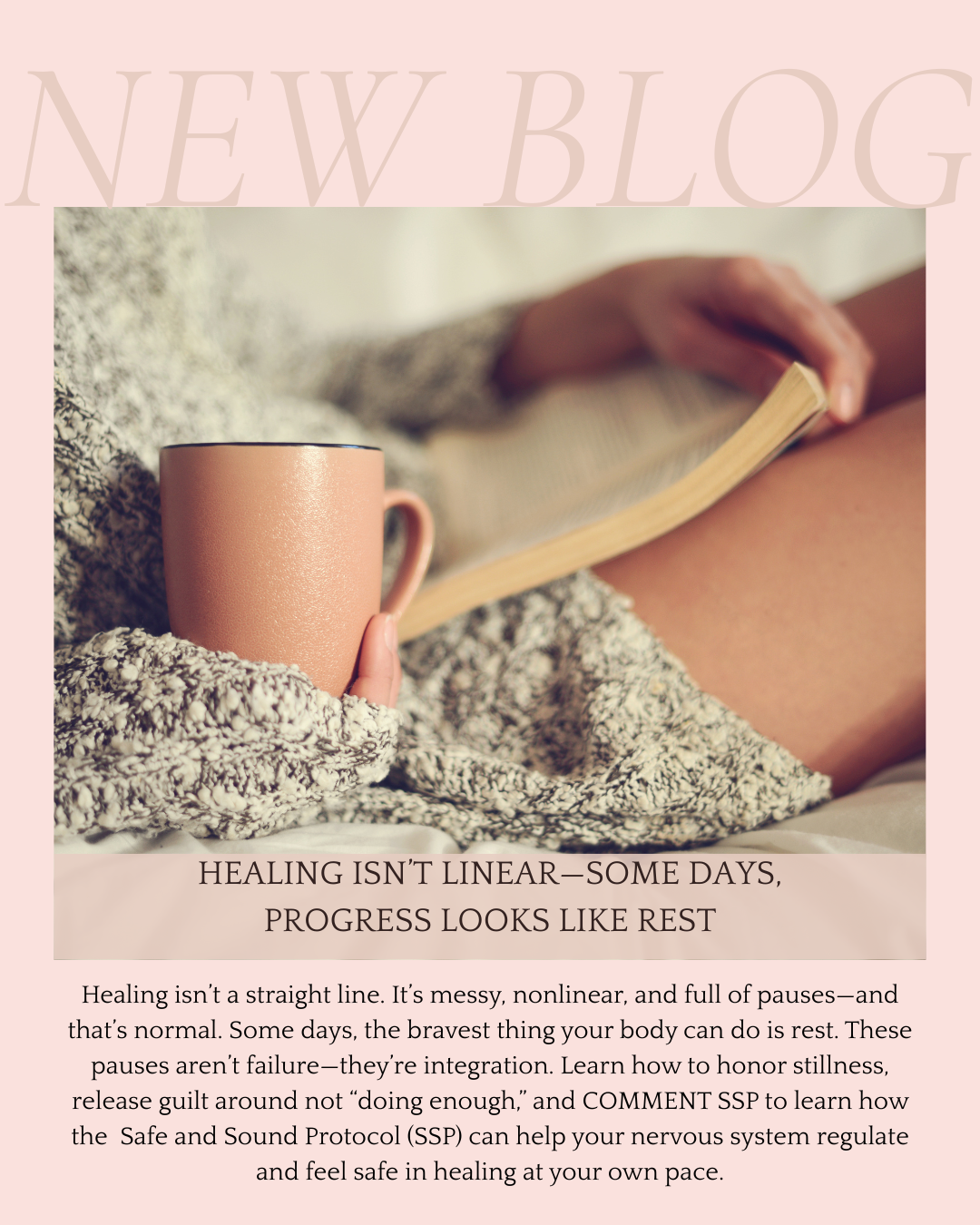
















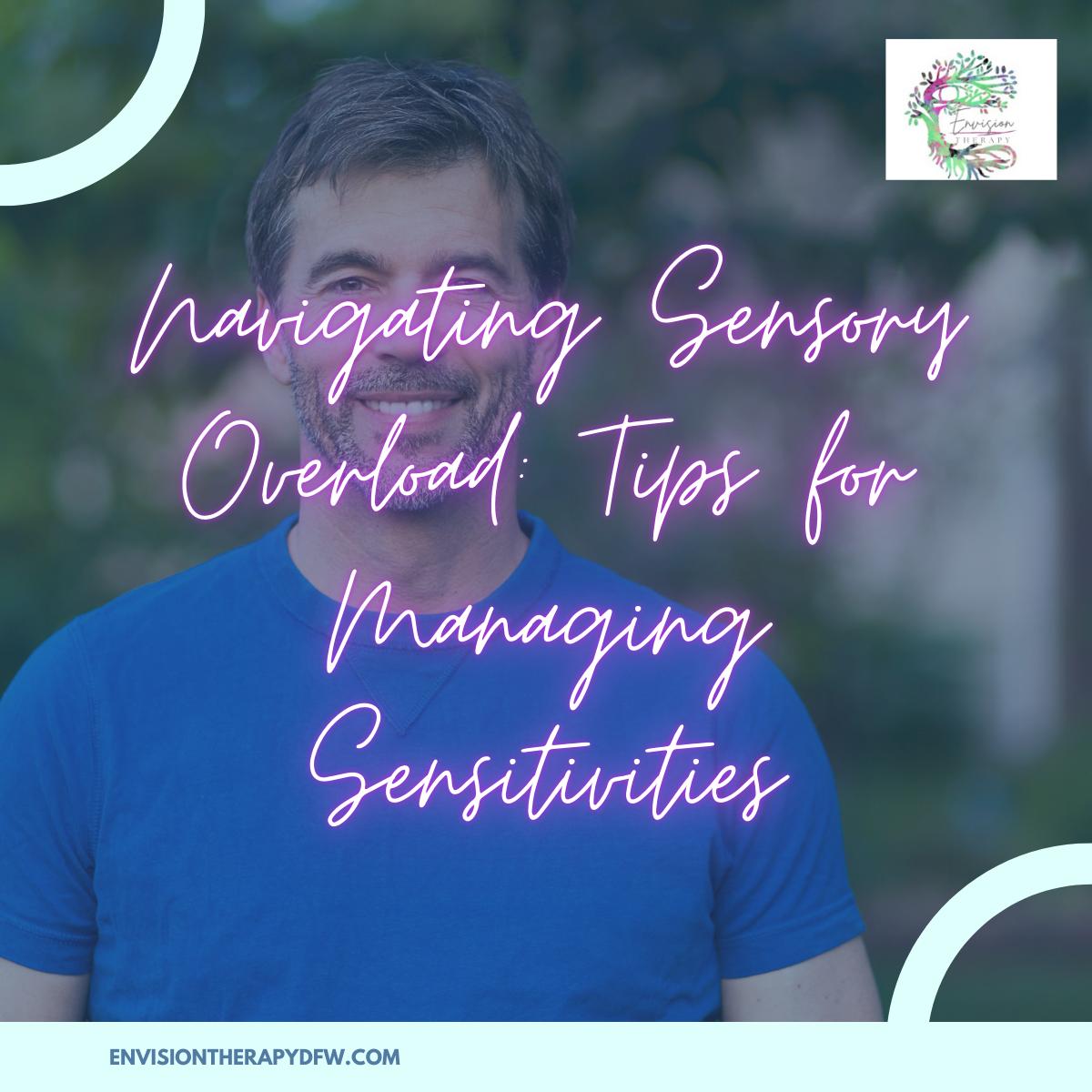


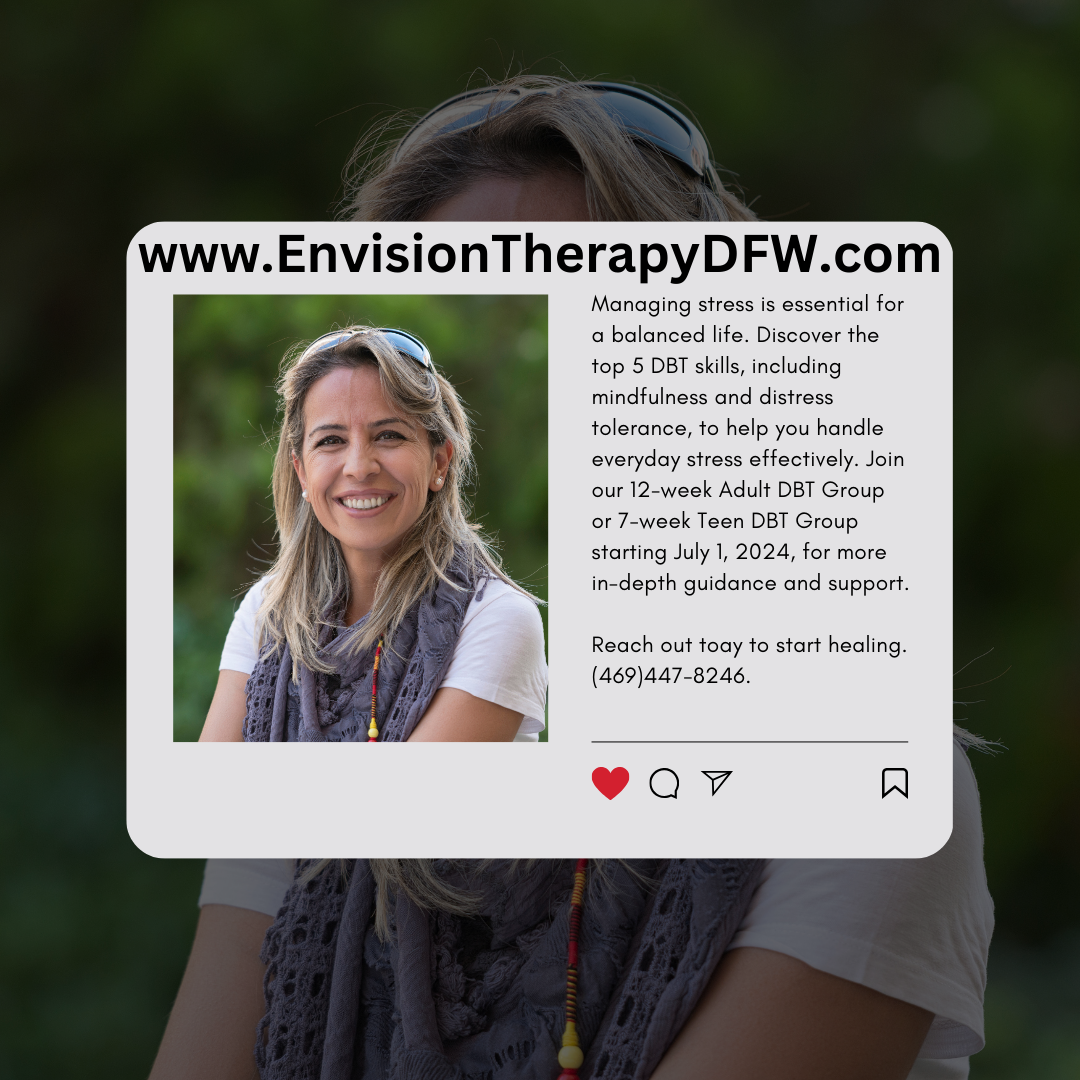
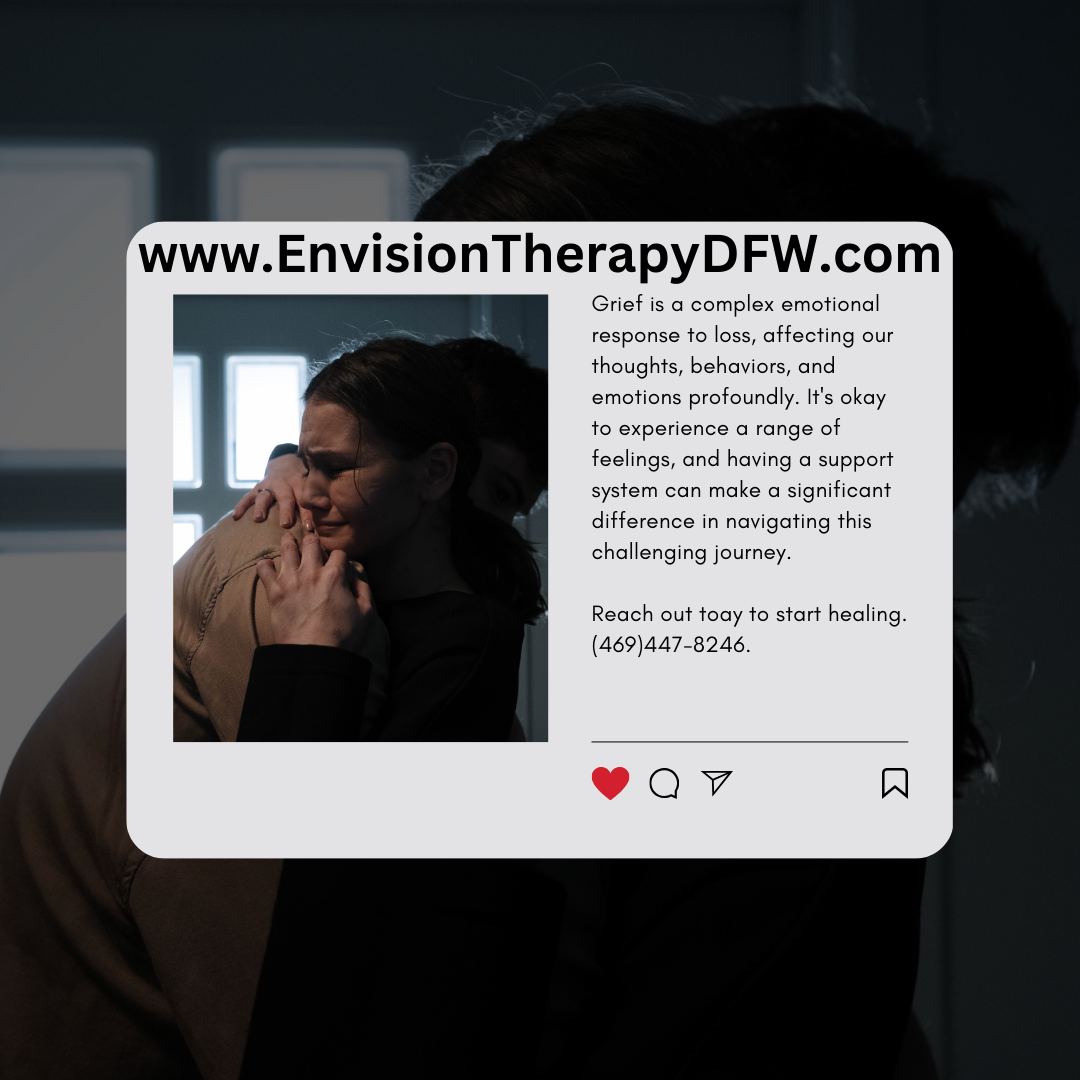

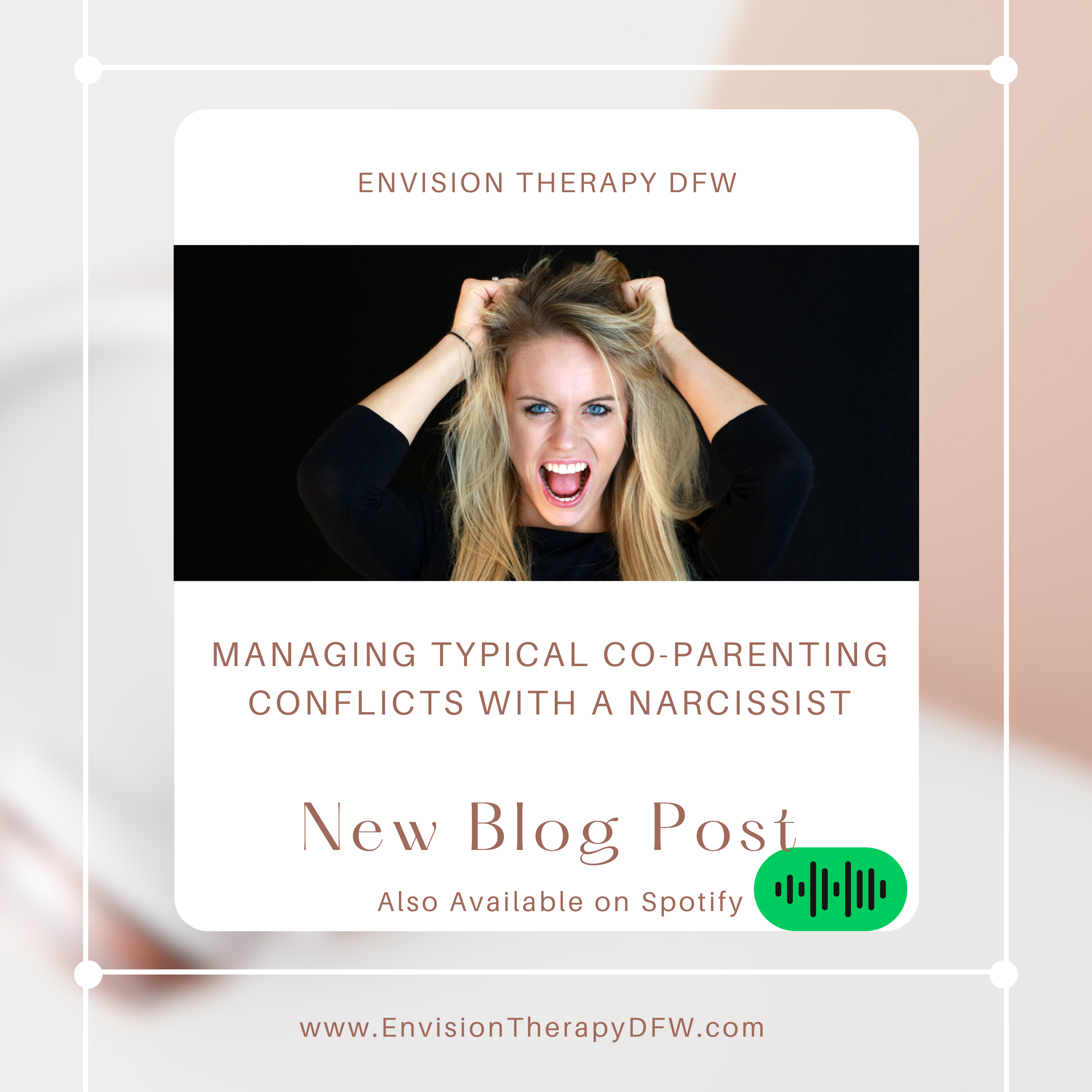
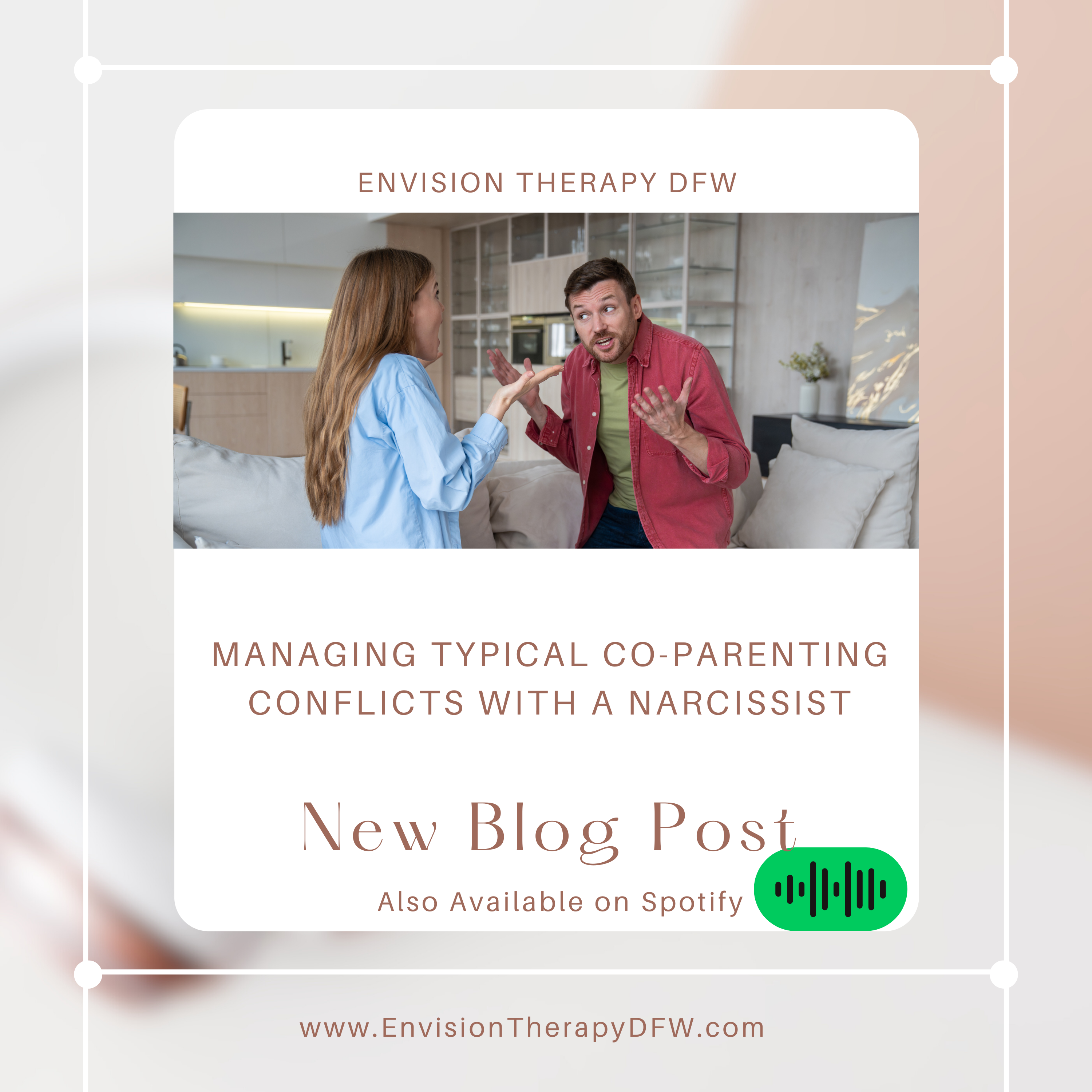
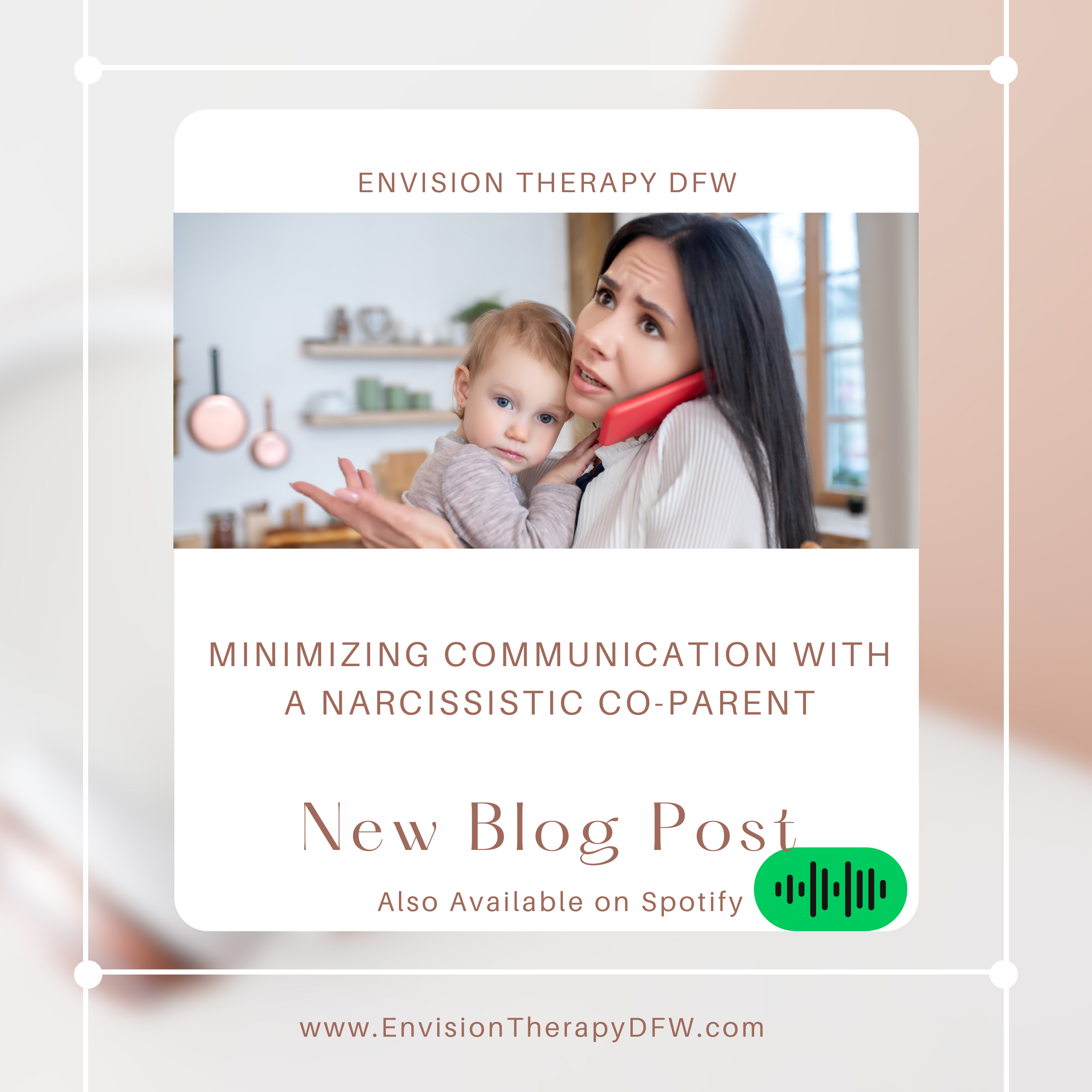
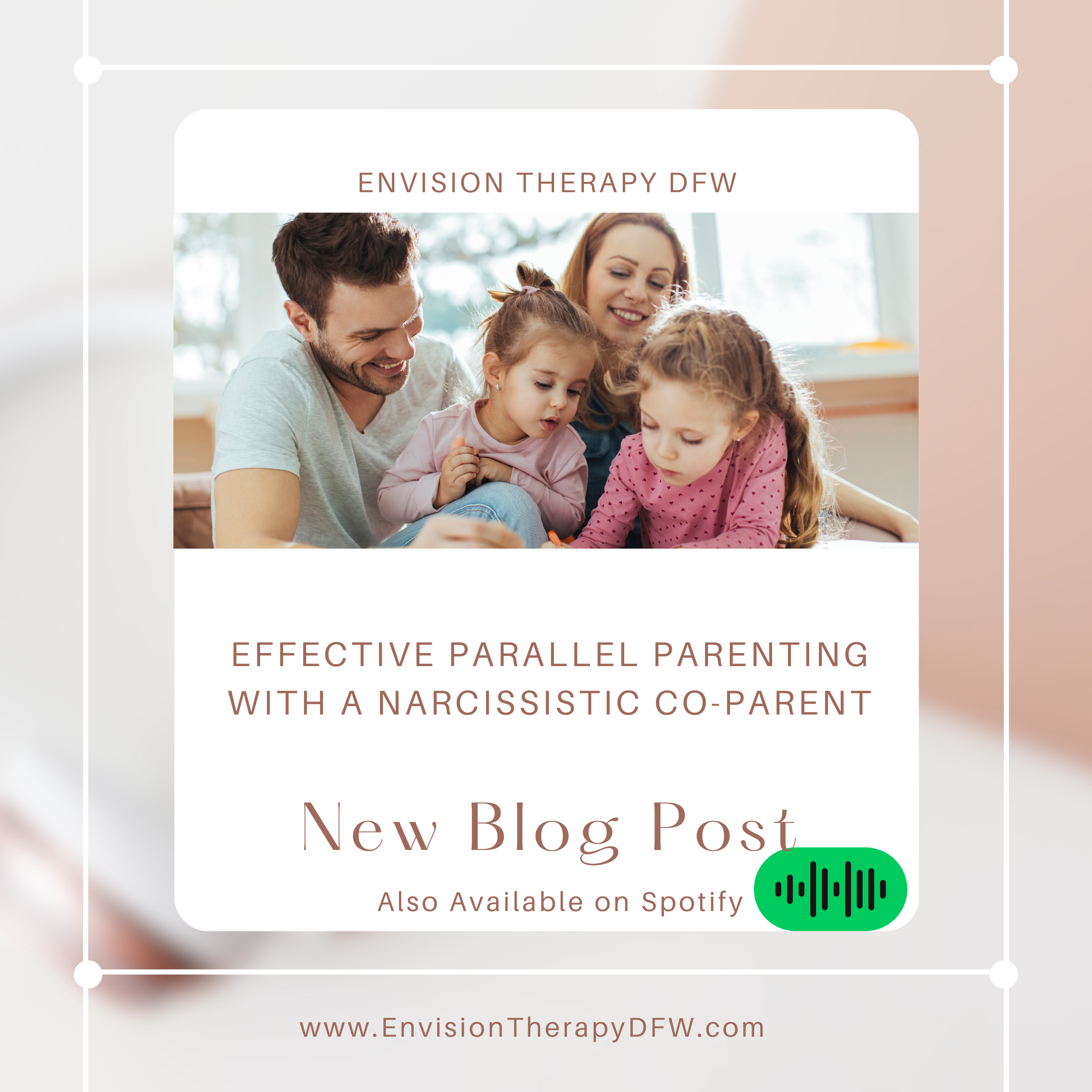
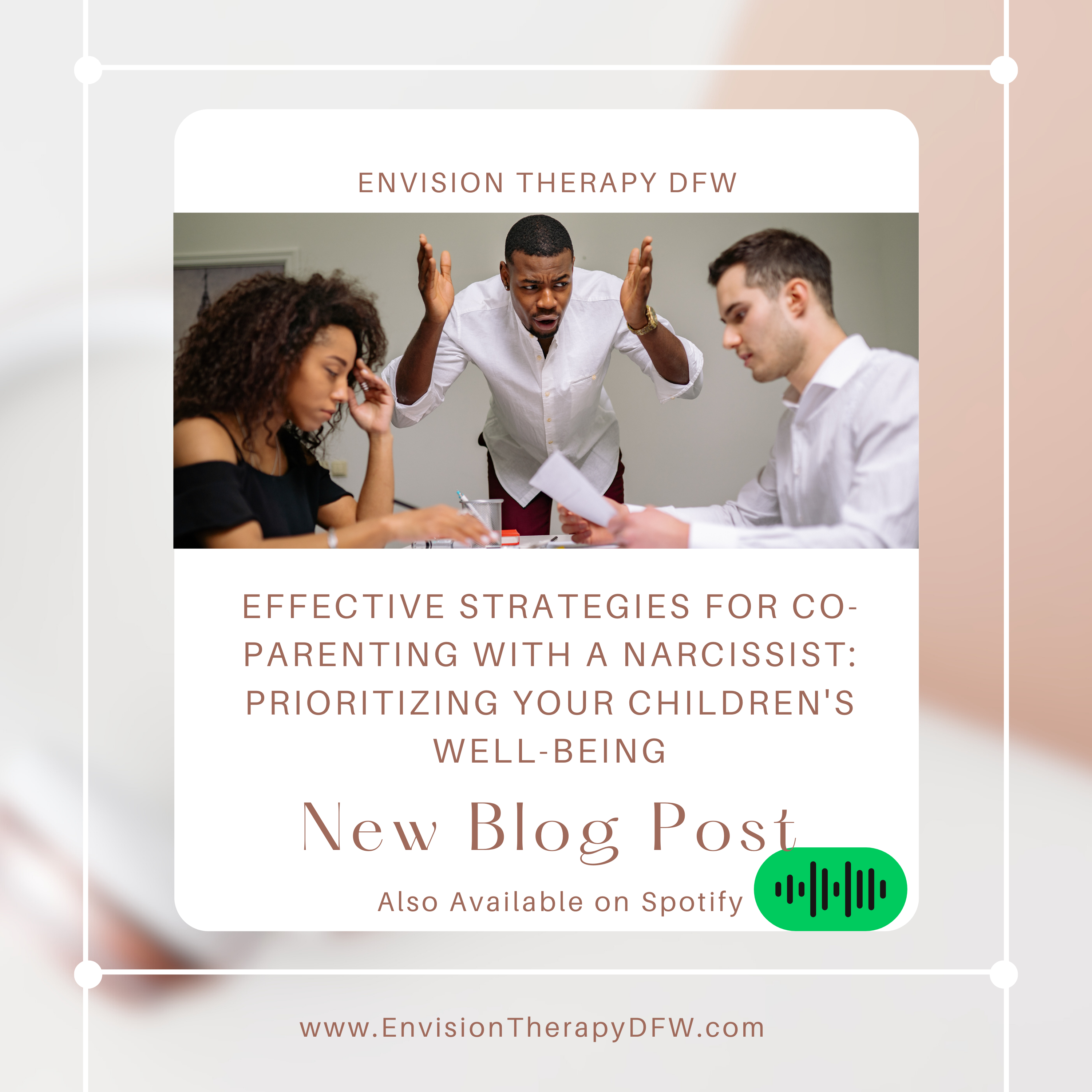


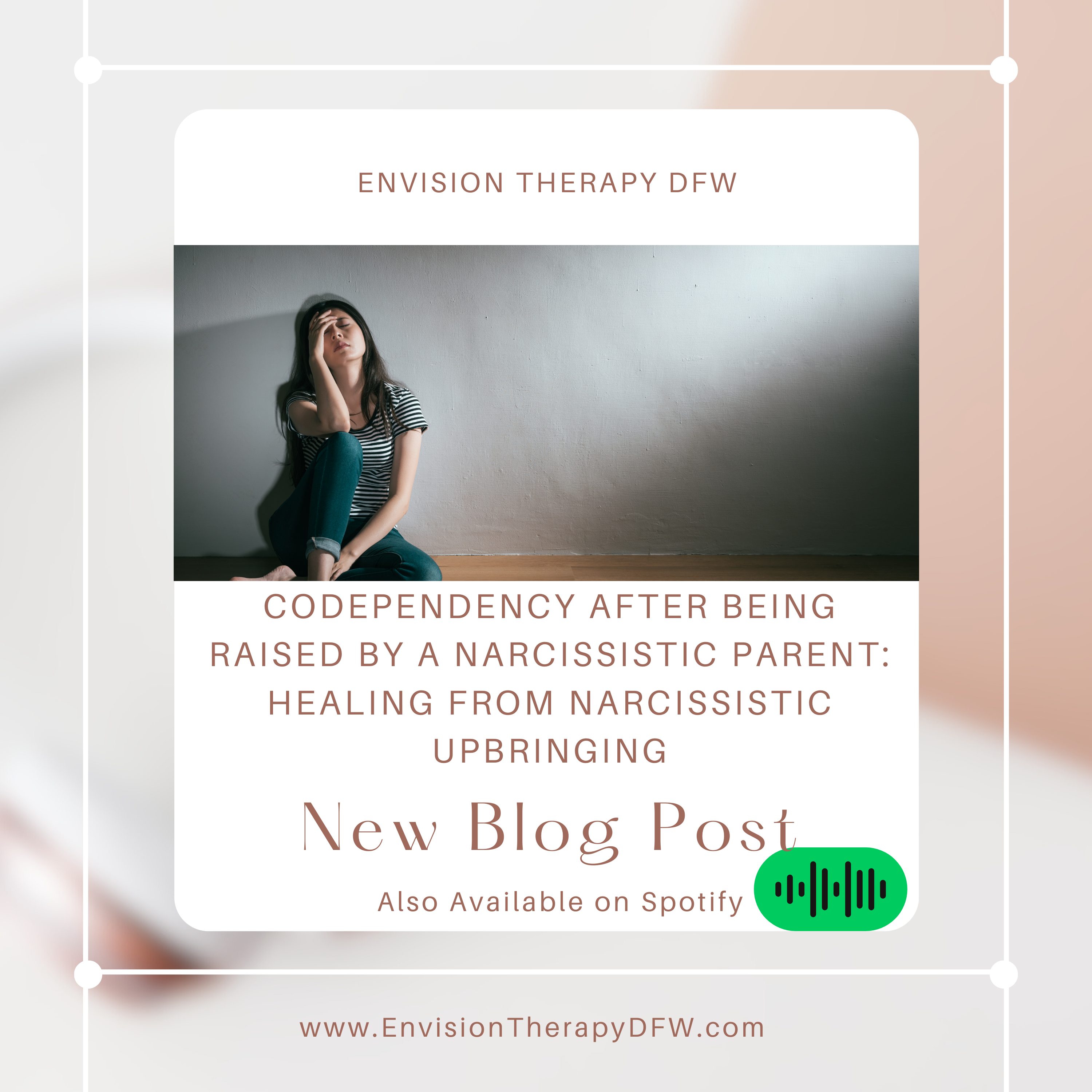
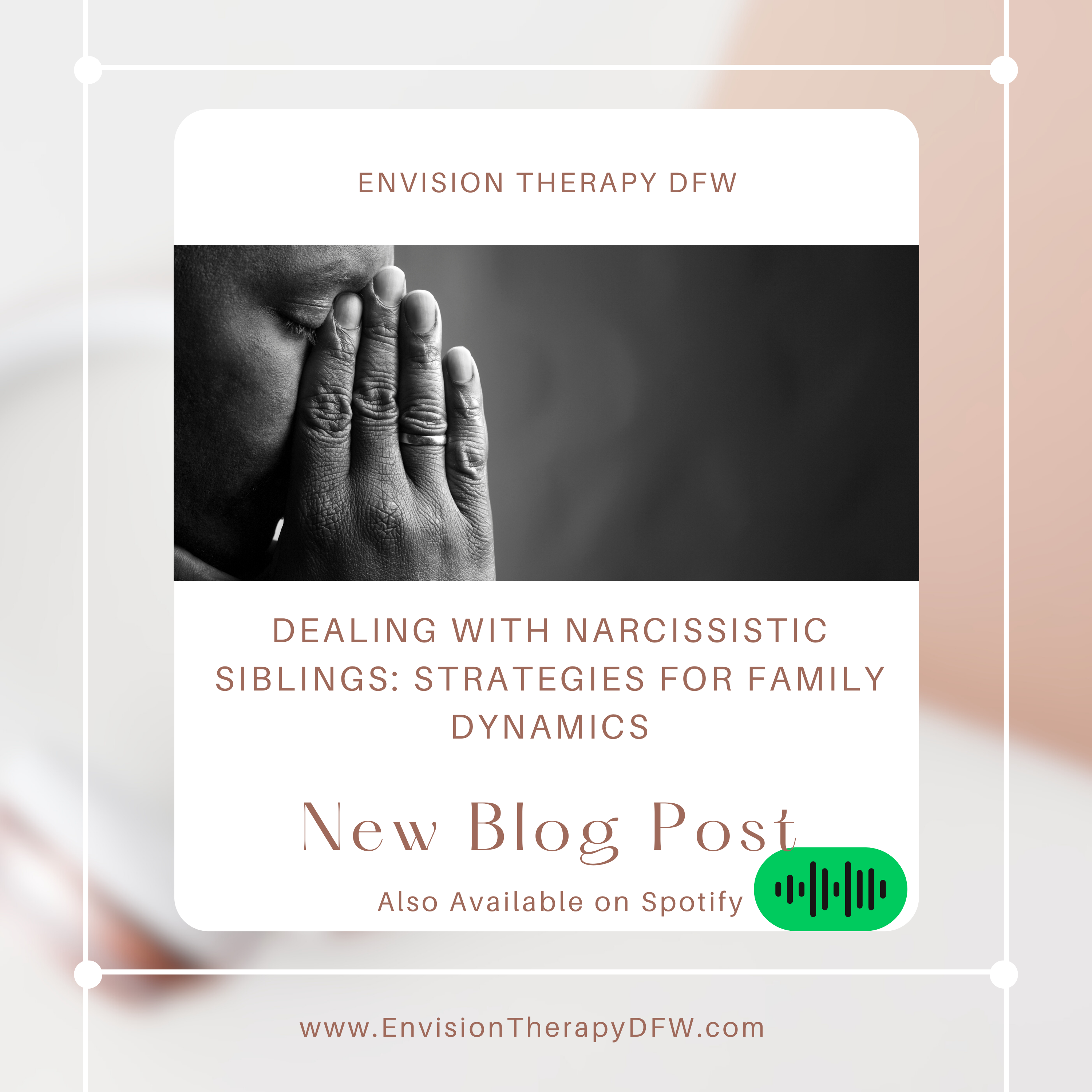

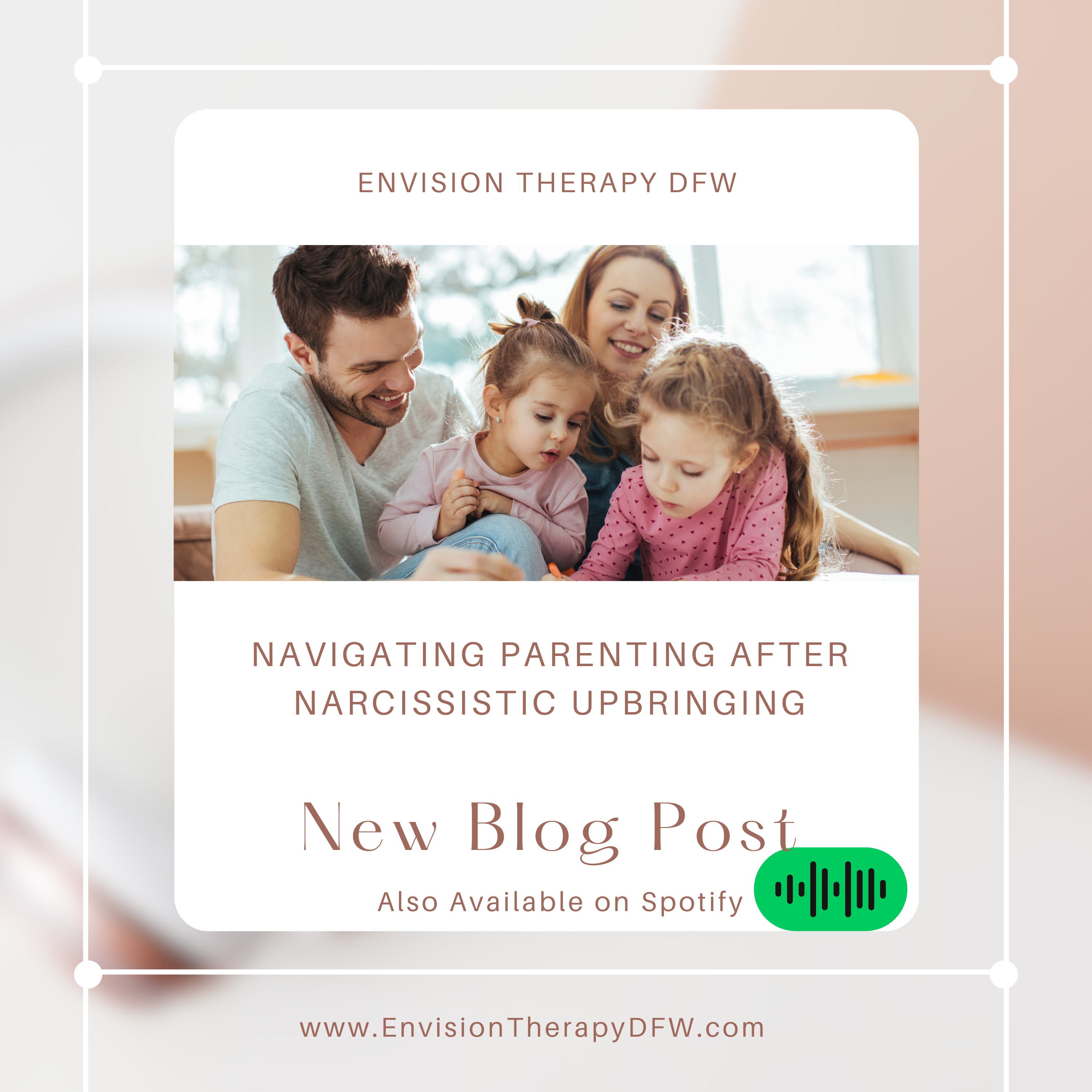
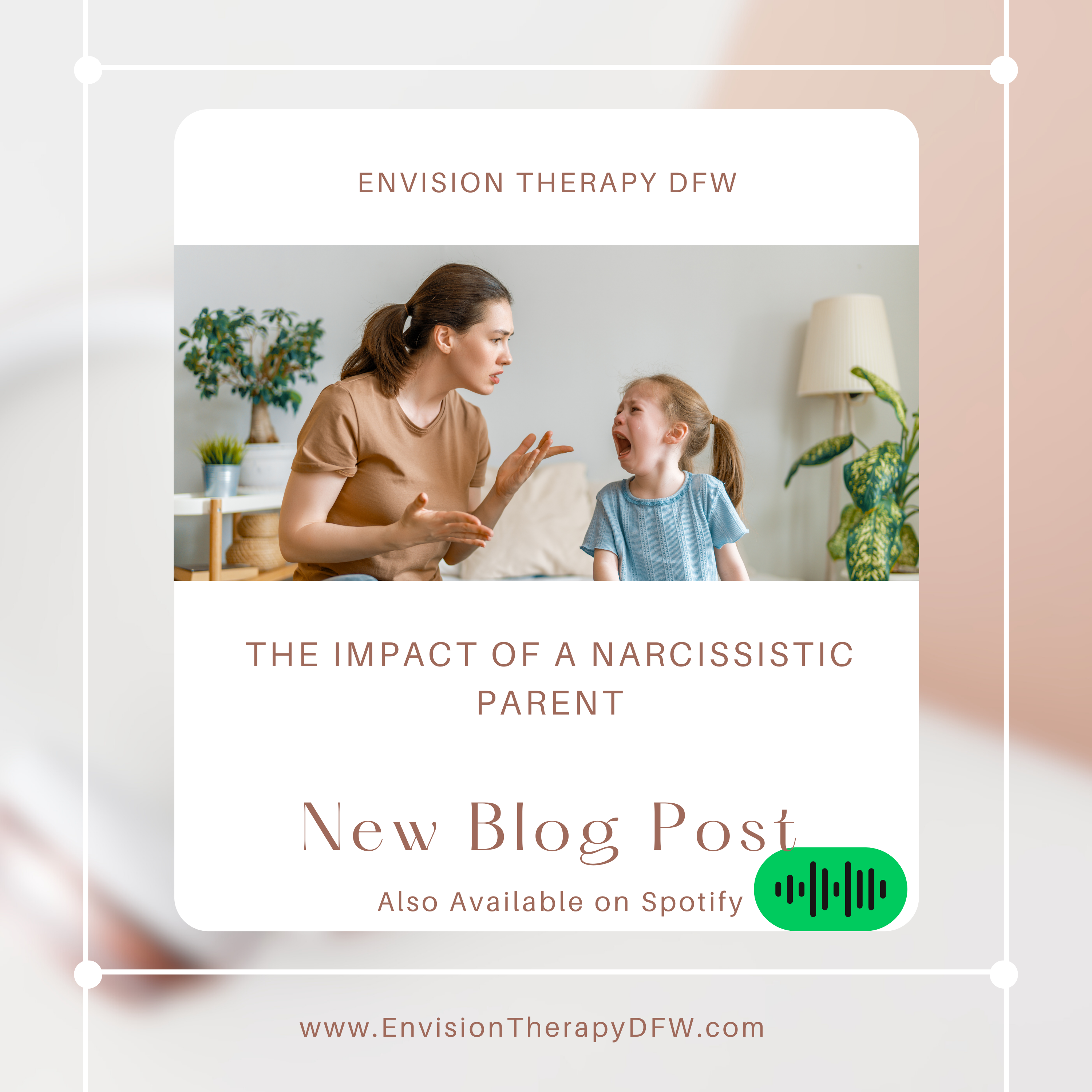

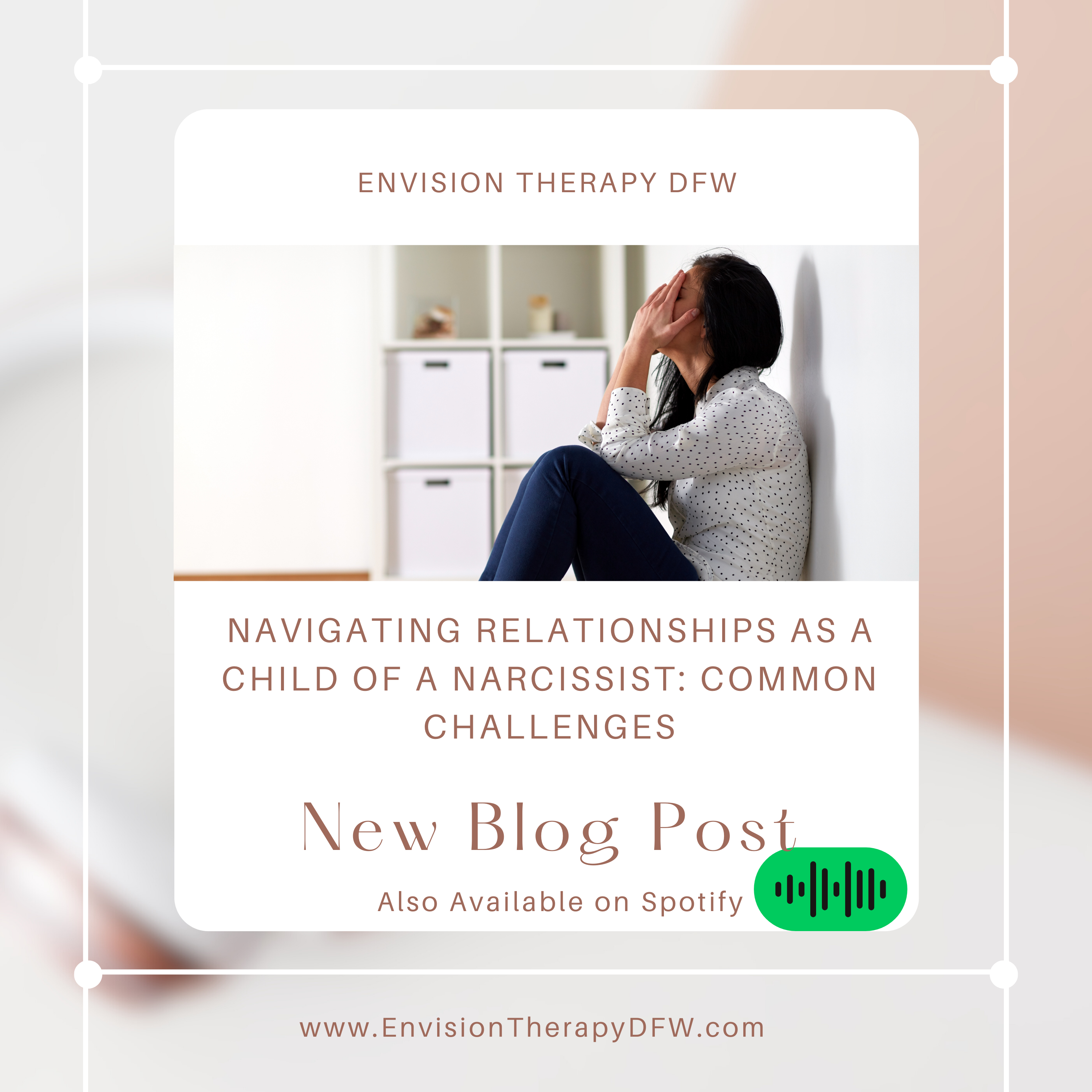








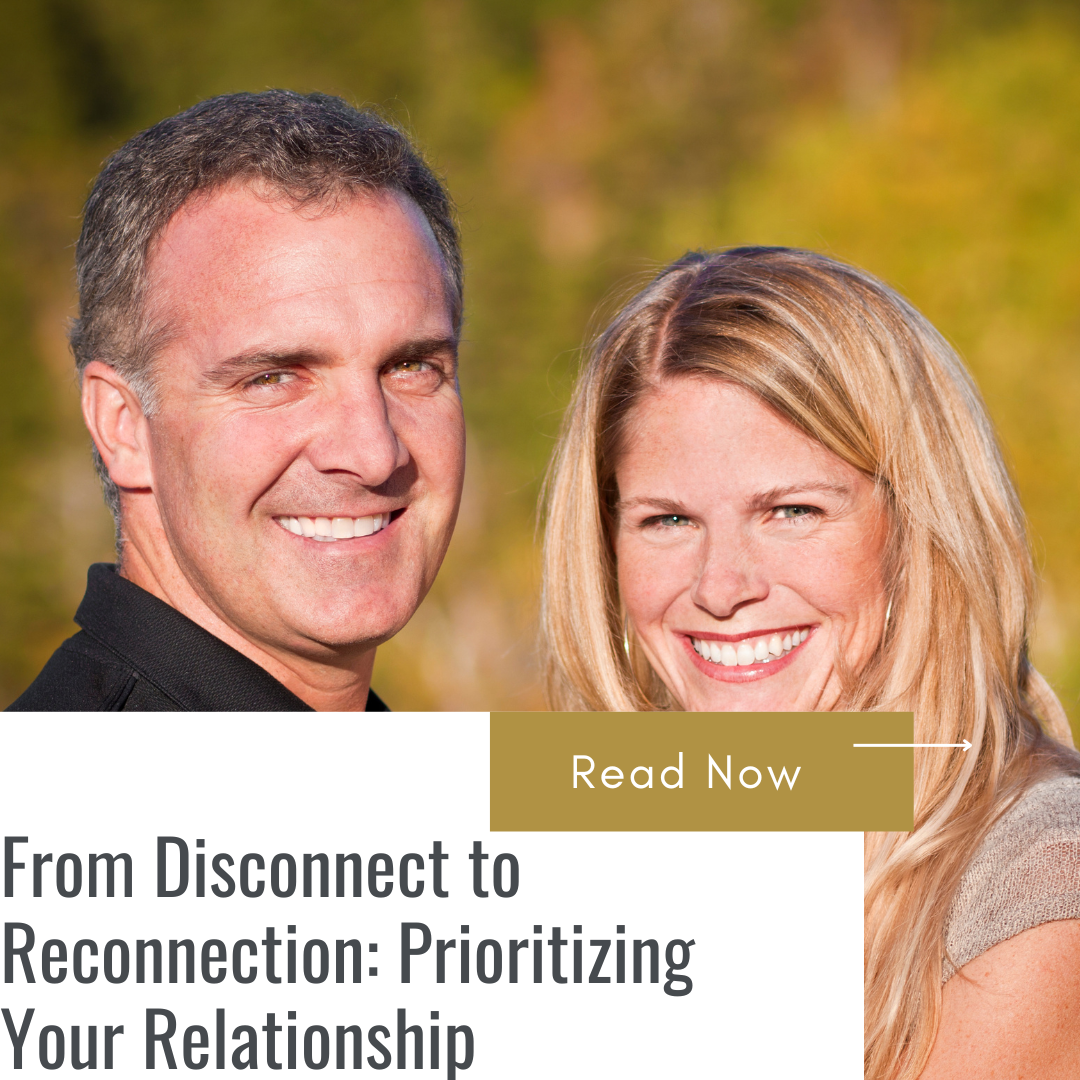
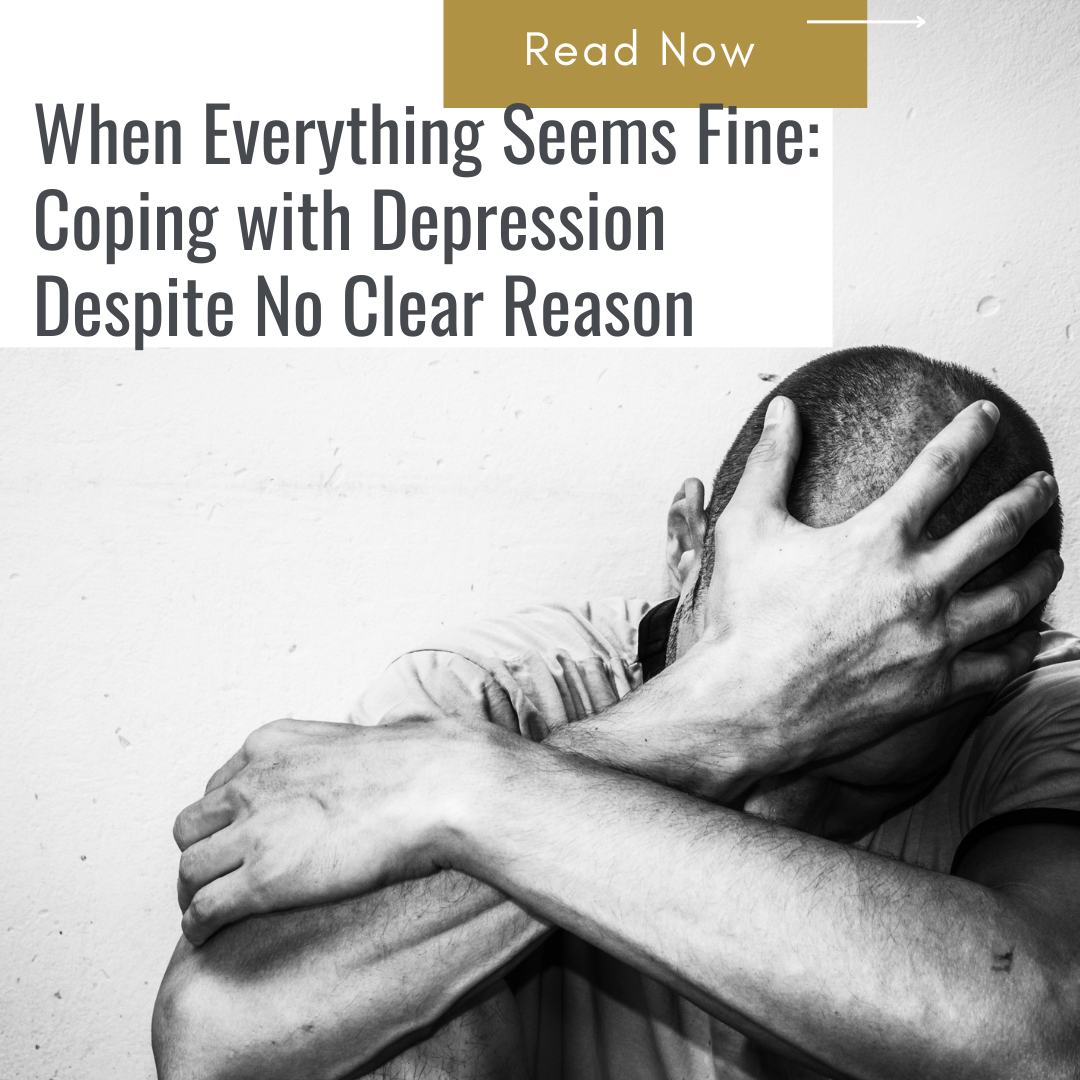






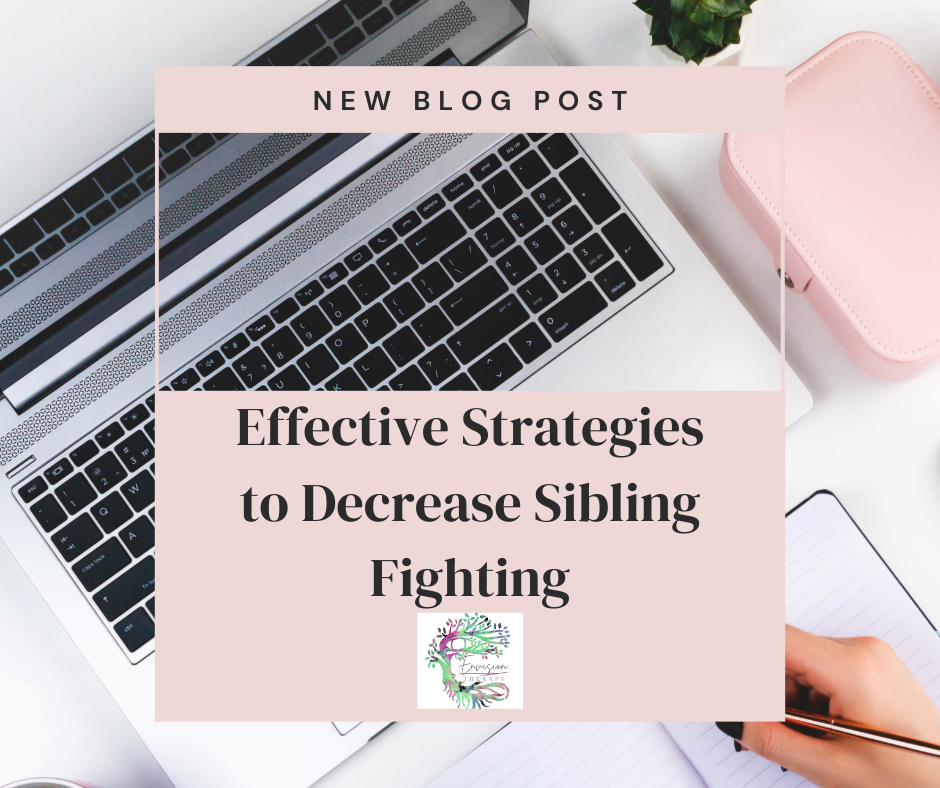
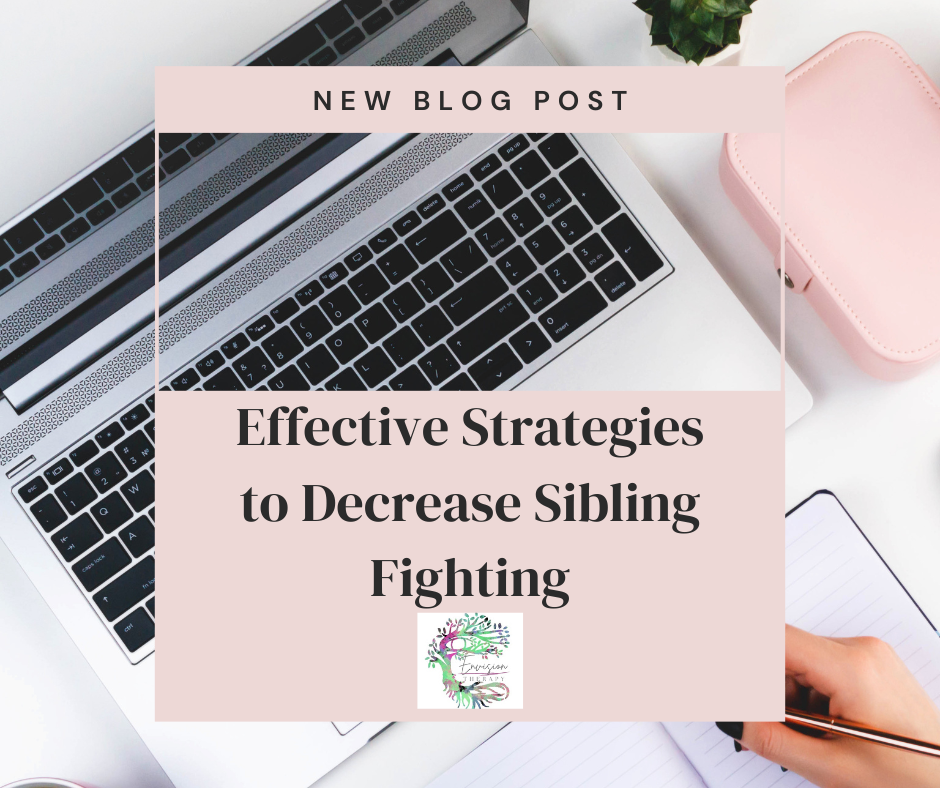









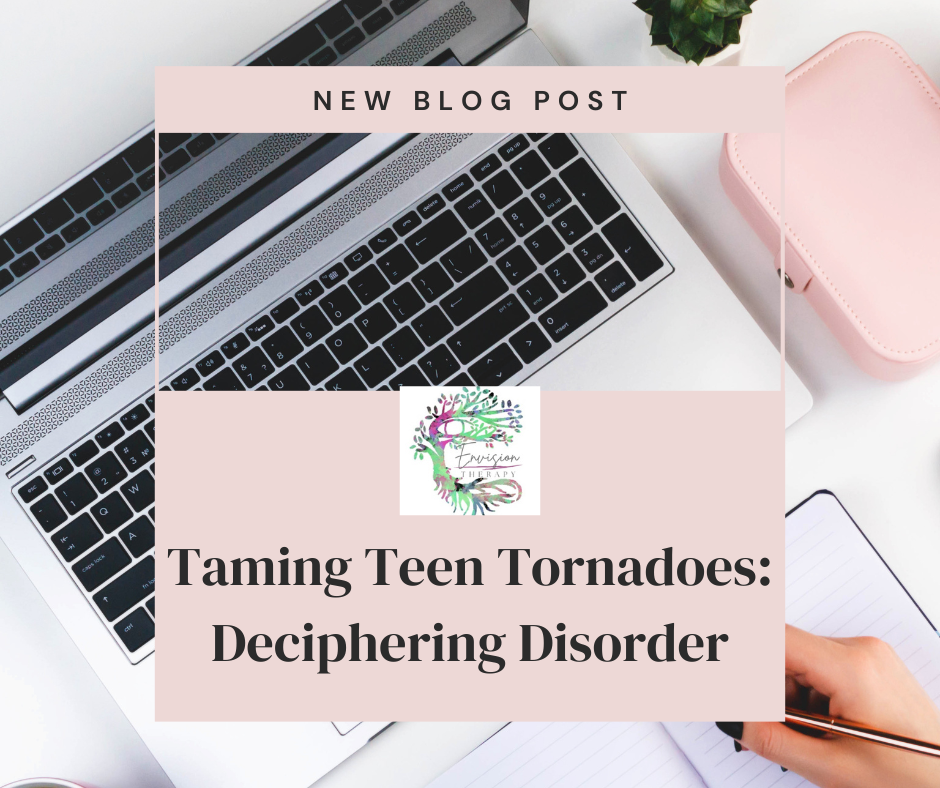











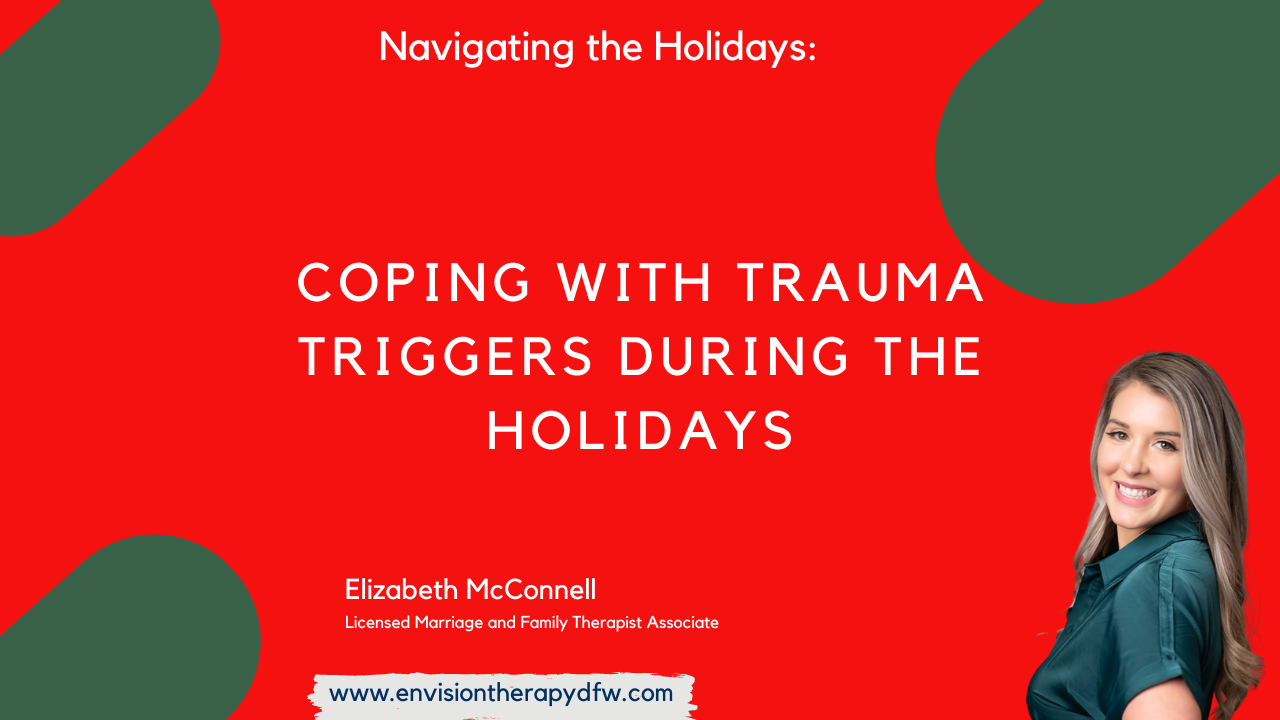


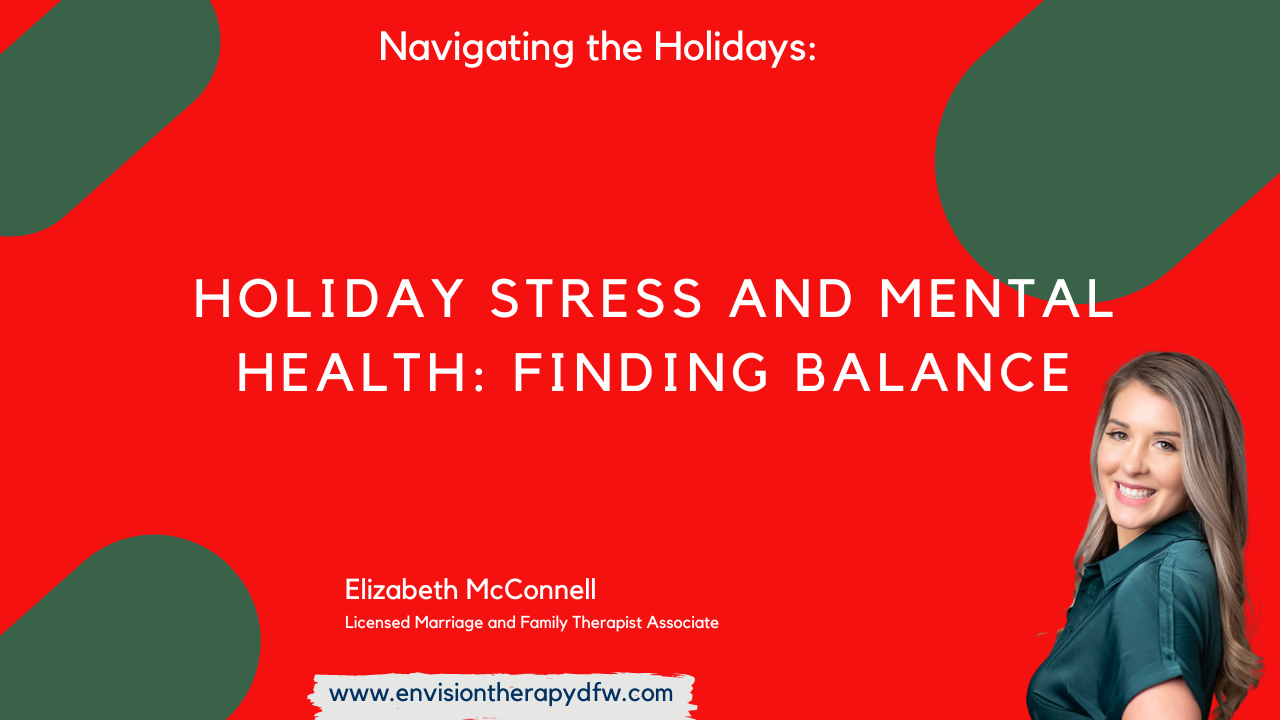


Leave a Reply